
What is the Average Cost of Spray Foam Insulation Installation in Grapevine, TX?
The average cost of spray foam installation in Grapevine, TX, ranges from $1,500 to $6,000 depending on factors like insulation type, project size, and labor costs. Homeowners investing in spray foam insulation benefit from improved energy efficiency, better indoor air quality, and long-term savings.
Table of Contents
ToggleFactors Affecting the Cost of Spray Foam Installation
Several factors influence the overall cost of spray foam installation in Grapevine. Here’s what you need to consider according to experts at Top Gun Attic Pros:
1. Type of Spray Foam Insulation
Spray foam insulation comes in two main types:
- Open-cell spray foam: Costs around $0.44 – $0.65 per board foot. It is softer and less dense, making it suitable for interior walls and soundproofing. Open-cell insulation expands upon application, filling cracks and gaps, and enhancing air-sealing properties. It is also highly effective in sound dampening, making it a popular choice for homeowners looking to reduce noise between rooms. Since open-cell spray foam is more breathable, it allows moisture to pass through, which can be beneficial in certain applications but requires additional vapor barriers in humid regions. Open-cell spray foam has a lower R-value per inch compared to closed-cell, making it less effective in extreme weather conditions. However, it remains an affordable option for moderate climates.
- Closed-cell spray foam: Costs around $1 – $1.50 per board foot. It is denser, providing better insulation and moisture resistance, making it ideal for attics and crawl spaces. Closed-cell foam adds structural strength to walls and roofing, increasing the overall durability of a building. This type of insulation is also water-resistant, helping prevent mold and mildew growth while maintaining its insulation properties even in damp environments. Unlike open-cell foam, closed-cell insulation has a higher R-value per inch, making it the best choice for maximizing energy efficiency. Although more expensive, the long-term savings in energy bills make it a wise investment for homeowners looking to reduce heating and cooling costs.
Choosing the right insulation type depends on your energy efficiency goals, budget, and environmental conditions in Grapevine. For businesses and homeowners looking for maximum thermal efficiency, closed-cell foam provides the best long-term value despite the higher upfront cost. Consulting with professionals like Top Gun Attic Pros can help determine the best type of insulation for your specific needs.
2. Area and Thickness of Coverage
The cost depends on how much insulation the area needs and the desired thickness of the insulation. Larger spaces require more material, increasing the price. Typical coverage areas include:
- Attics (most common for homeowners): $2,500 – $5,000
- Walls (interior and exterior): $1,500 – $4,000
- Crawl spaces and basements: $1,800 – $6,000
The recommended thickness for spray foam insulation varies depending on the application:
- Attic spaces: 4-6 inches for open-cell, 2-3 inches for closed-cell.
- Walls: 3-4 inches for open-cell, 1.5-2 inches for closed-cell.
- Crawl spaces: 3-4 inches of closed-cell spray foam to act as both insulation and moisture barrier.
Proper insulation thickness ensures optimal energy efficiency. Thicker applications may cost more upfront but significantly reduce energy bills in the long run. Additionally, buildings with irregular layouts or hard-to-reach spaces may require extra labor and customized installation solutions, further impacting the cost. Applying the correct thickness also prevents energy loss through air leakage, maintaining a more stable indoor temperature year-round. Homes with proper insulation are more resilient against extreme weather conditions and require less maintenance over time.
3. Labor Costs
Labor costs in Grapevine, TX, typically range from $50 to $100 per hour. The total labor cost depends on the project’s complexity and the number of technicians needed. If installation requires the removal of old insulation, structural modifications, or additional sealing measures, labor costs can be higher.
Factors affecting labor costs include:
- Accessibility: Homes with difficult-to-reach attics, crawl spaces, or high ceilings may require additional time and effort, raising labor costs.
- Installation Complexity: Spray foam insulation requires specialized equipment, precise application, and careful handling to ensure proper expansion and coverage.
- Additional Preparations: If old insulation needs removal or surfaces require sealing before application, this will add to labor expenses.
Since spray foam installation must be done professionally to prevent air pockets, uneven distribution, or excessive expansion, hiring a qualified company like Top Gun Attic Pros ensures efficiency and long-term performance. Trained professionals also ensure safety standards are met during application, reducing the risk of exposure to harmful chemicals.
4. Existing Insulation Removal
If your home has old insulation, removing it before applying the spray foam installation will add to the cost. Insulation removal costs between $1 – $2 per square foot. Additional disposal fees may apply if old insulation contains hazardous materials such as asbestos.
Removing outdated or damaged insulation ensures a clean surface for spray foam application, improving adhesion and overall effectiveness. Homeowners should consider removing inefficient fiberglass or cellulose insulation that may harbor dust, allergens, or pests. Additionally, failing to remove old insulation can reduce the effectiveness of the new spray foam, leading to potential energy loss. The removal process also ensures that any existing mold or pests are addressed before new insulation is applied.
5. Energy Efficiency Rebates and Tax Credits
Homeowners may qualify for federal or state energy efficiency tax credits when installing spray foam insulation, reducing overall costs. Check with local authorities for potential rebates.
- Federal Energy Efficiency Tax Credit: Offers up to 30% back on insulation costs.
- Texas Energy Rebates: Some utility companies provide discounts or rebates for energy-efficient home improvements, including spray foam insulation.
Many local utility companies offer incentives for upgrading insulation, making it more affordable. Homeowners should explore rebate programs before committing to an installation. Investing in spray foam insulation not only lowers energy bills but also increases property value, making it an affordable home improvement.
Final Thoughts
Spray foam insulation is an excellent investment for homeowners and businesses in Grapevine, offering energy efficiency, moisture control, and noise reduction. The cost varies based on insulation type, project size, and labor expenses, but the long-term benefits far outweigh the initial investment. By incorporating energy-efficient insulation, property owners can enjoy lower utility bills, improved indoor air quality, and enhanced property value. Additionally, working with experienced professionals ensures the insulation process is seamless and maximizes the benefits of energy-efficient living.
For professional spray foam installation, contact Top Gun Attic Pros today for a free estimate and expert guidance!
FAQs
1. How long does spray foam insulation last?
According to Top Gun Attic Pros, spray foam insulation can last over 30 years with proper installation and maintenance, making it a durable and cost-effective choice.
2. Can spray foam insulation help with humidity control?
Yes, closed-cell spray foam insulation acts as a vapor barrier, reducing humidity levels and preventing mold growth.
3. How soon can I use my space after the spray foam installation?
It’s recommended to wait 24-48 hours before re-entering insulated spaces to allow the foam to fully cure and off-gas. Contact us to learn more.
Other Blogs You May Be Interested In
Categories
- Uncategorized
- Spray Foam Insulation
- Attic Ventilation
- Attic Insulation
- Radiant Barrier
- Blown-In Insulation
- Solar Fan
- Insulation Removal
- Attic Sanitization
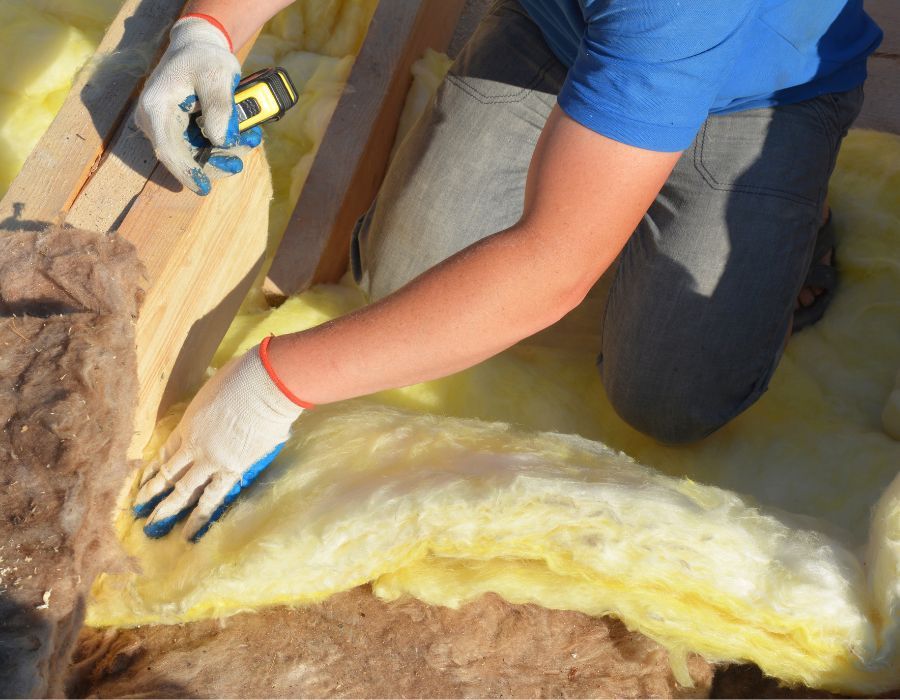
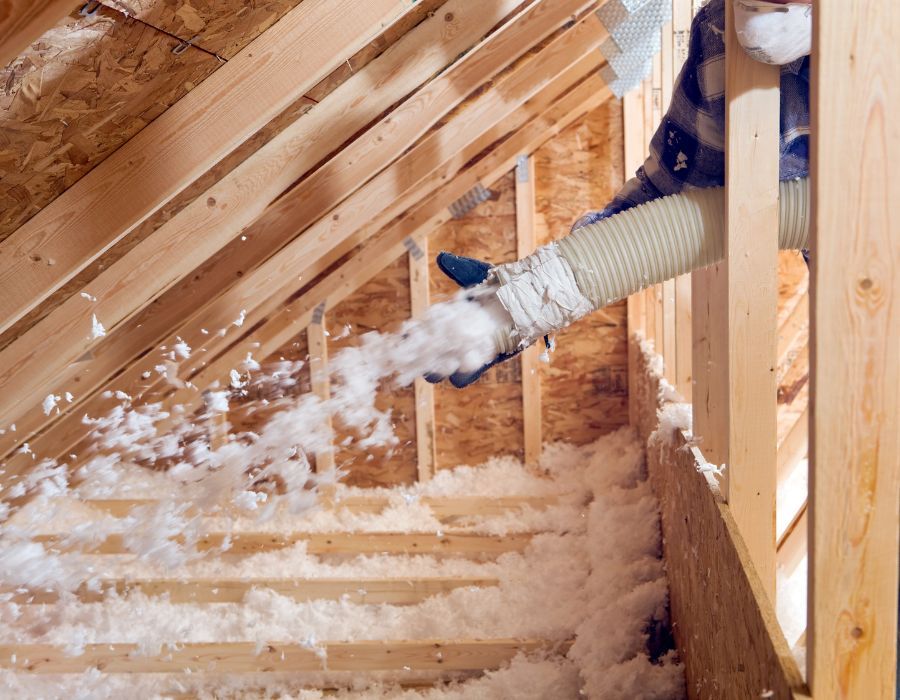

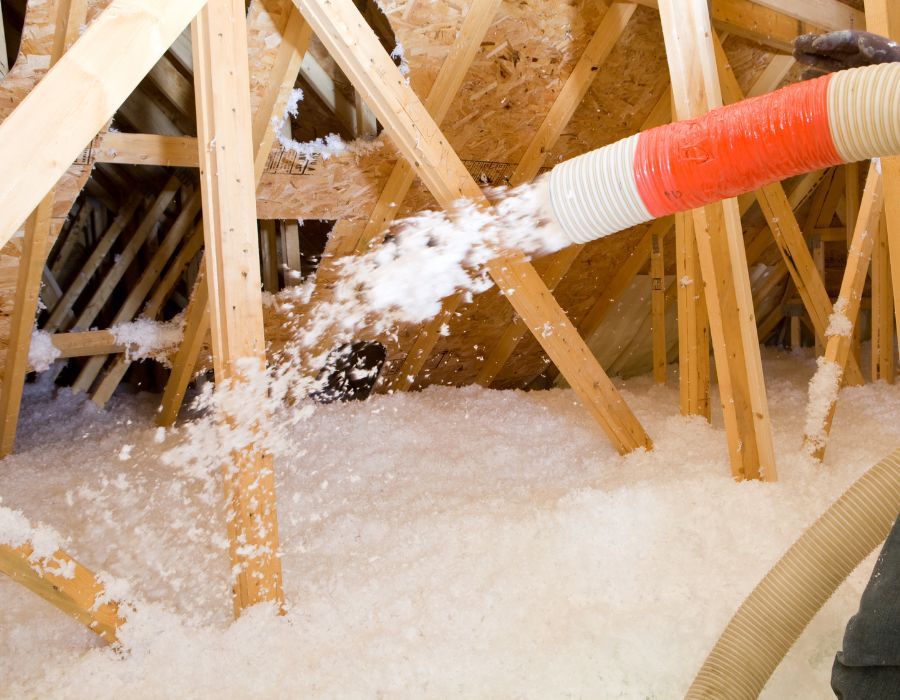

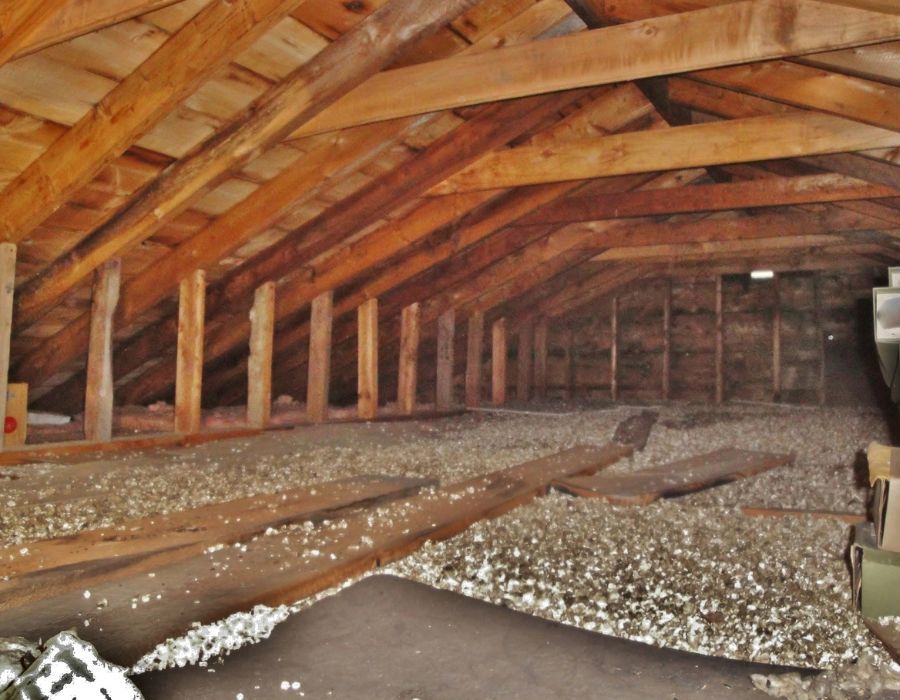
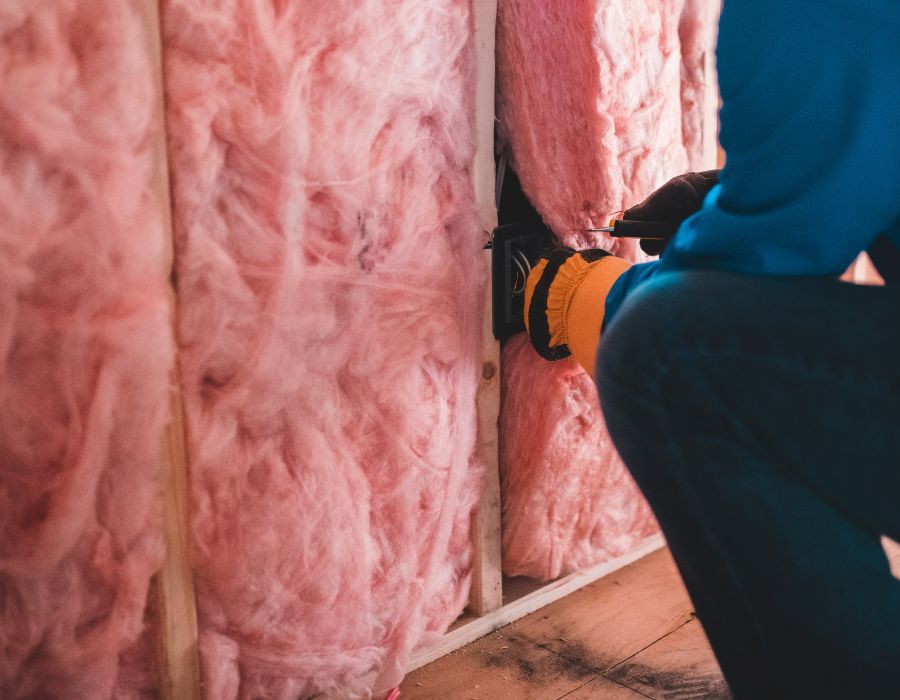

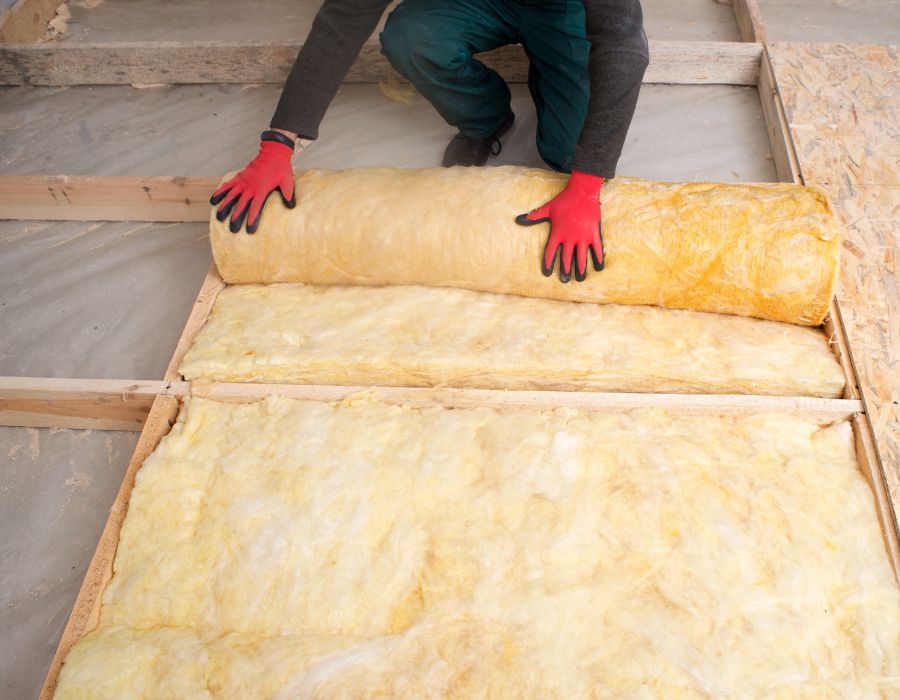
Leave a Reply